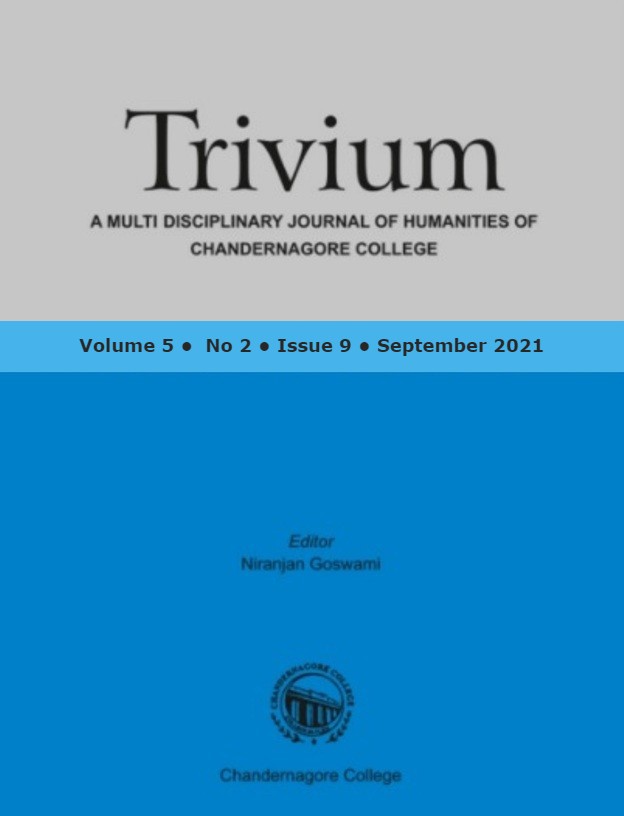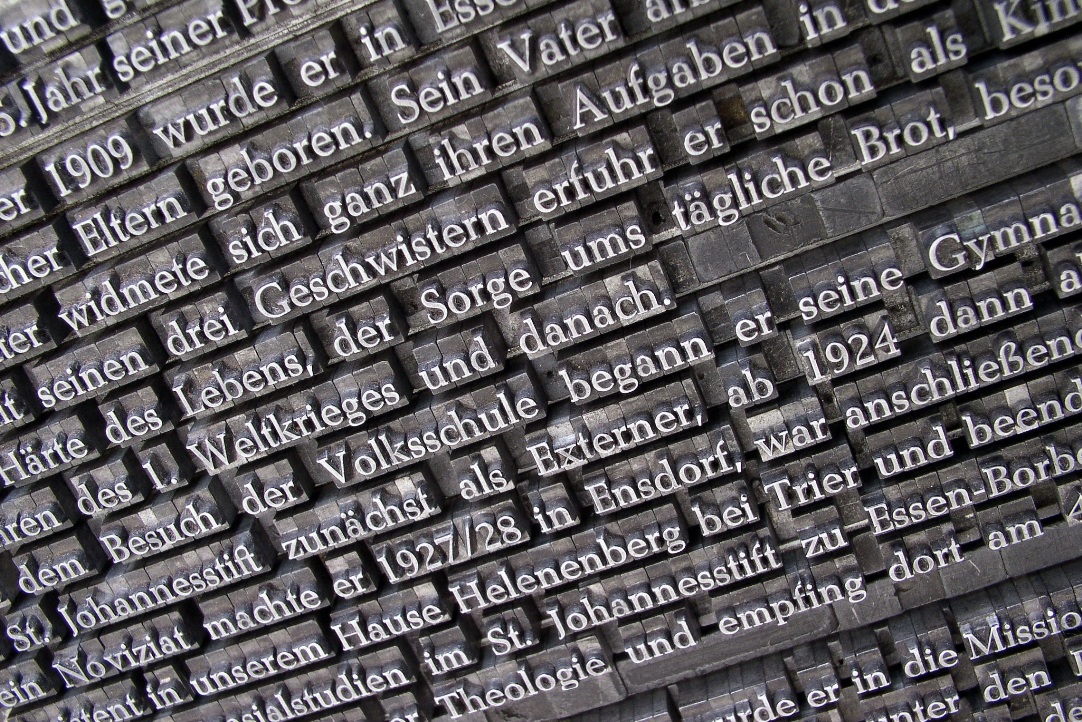Trivium : Vol - 5 : No - 2 : Issue - 9
This issue is a mix of social sciences and literature, half of the issue
comprising political, economic and sociological themes of research.
Arua Oko Omaka, Bright E. Nwamuo, and Ukaegbu Nmaju argue that
though indigeneity usually refers to marginalization, yet in Nigeria it has
proved to be a tool of ethnic identity formation and has been used in the
power equation between indigene and settler identities. Rajat Jyoti Sarkar
and Moumita Karmakar argue that crop diversification is a risk
management strategy for the farming community and an important step for
poverty alleviation and transition from subsistence agriculture to
commercial agriculture. In this paper they investigate whether crop
diversification takes place in sugarcane in the districts of West Bengal in
India. Ashrukana Ghosh examines in her Bengali essay the different
marriage rituals among the Santal tribes of the West Medinipur district of
West Bengal in India and comes to the conclusion that although the tribes
attempt to preserve old customs yet, because of globalization and external
influences non-Santal practices entered their lives.ShreosiBiswas
analyses the non-fiction American novel of 1966 In Cold Blood by Truman
Capote to argue that the novel expresses the post 1945 American anxiety
and insecurity vis-à-vis the Cold War and counter culture. Her thrust is on
Capote's selection of crime as a mode of expression of the instability of the
period. Srijoni Banerjee takes up Satyajit Ray's Shonku stories as an
intervention in the creation of a (proposed and fictional Indian) scientific
discourse as an alternative to the Western discourse of science, that is an
extension of the Enlightenment project. Banerjee curiously argues that
Ray proposes half in jest, through science fiction of children an Indian
scientific discourse that weaves mythology and the miraculous with
science. Sanghita Sanyal focuses on the problem of the translator's
in/visibility; the legitimacy of the translator as an artist is always
problematized because of his responsibility to the original author. Delving
on the issue Sanyal locates a contradiction at the heart of the project of
translation that is a known yet ineradicable problem.
Readers can find front matter and back matters of the issue by clicking respective buttons:








